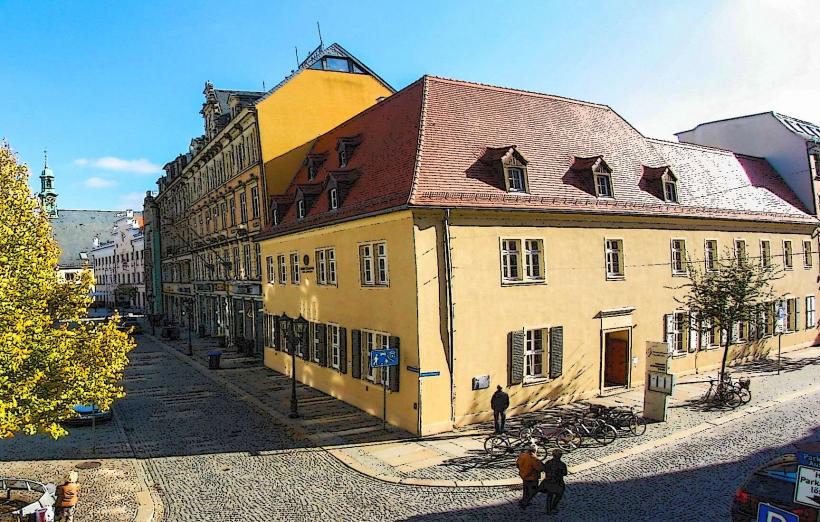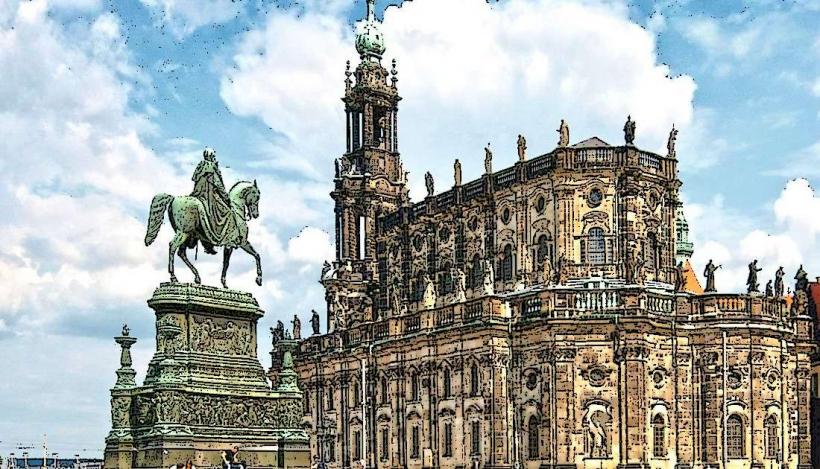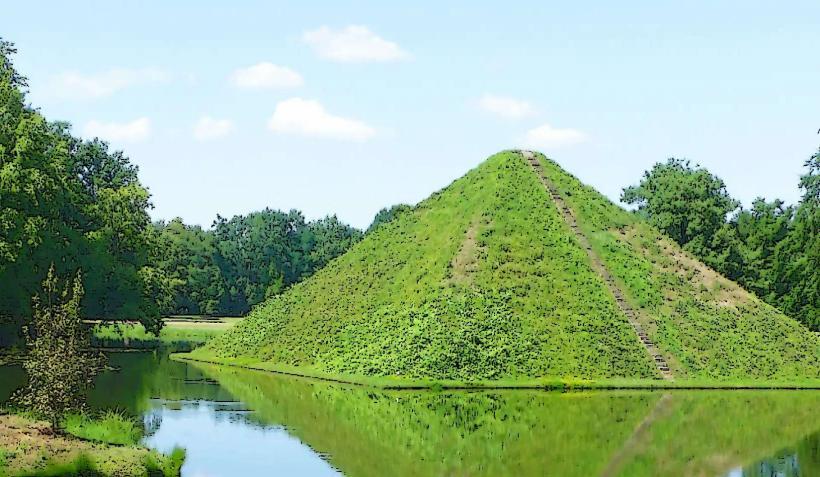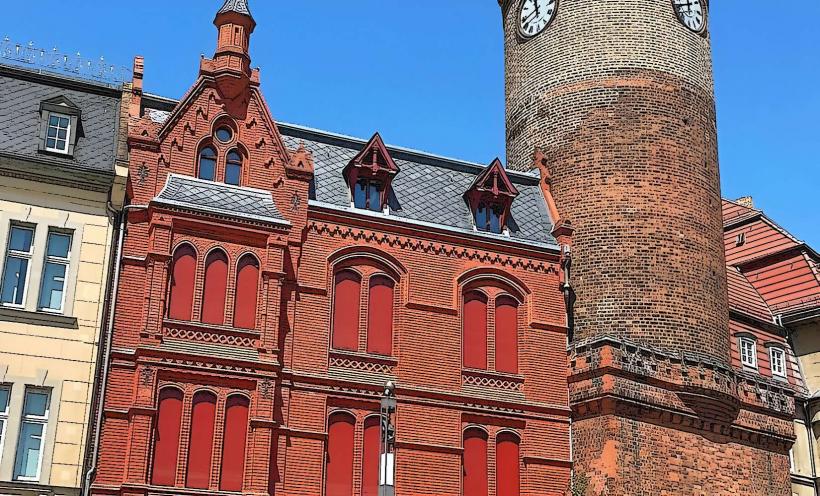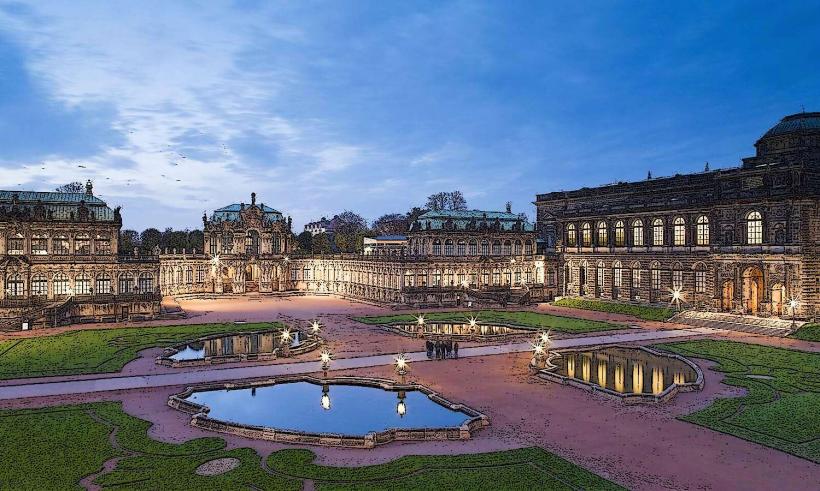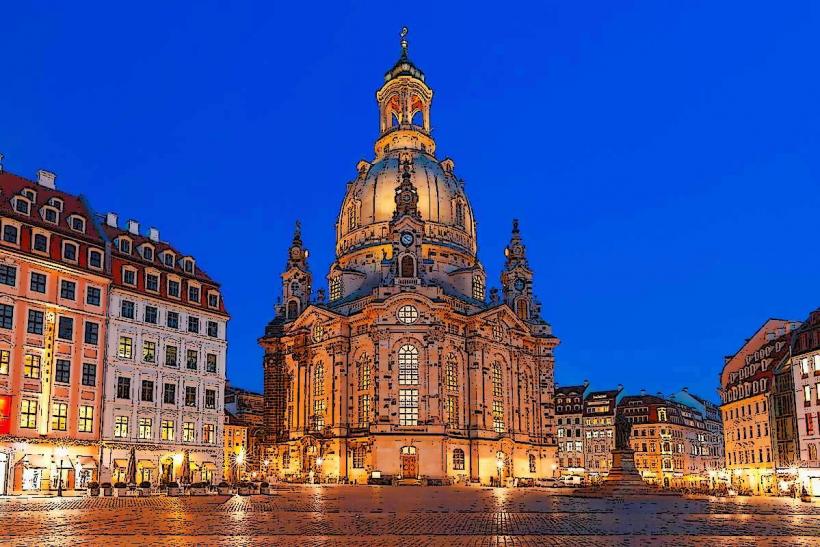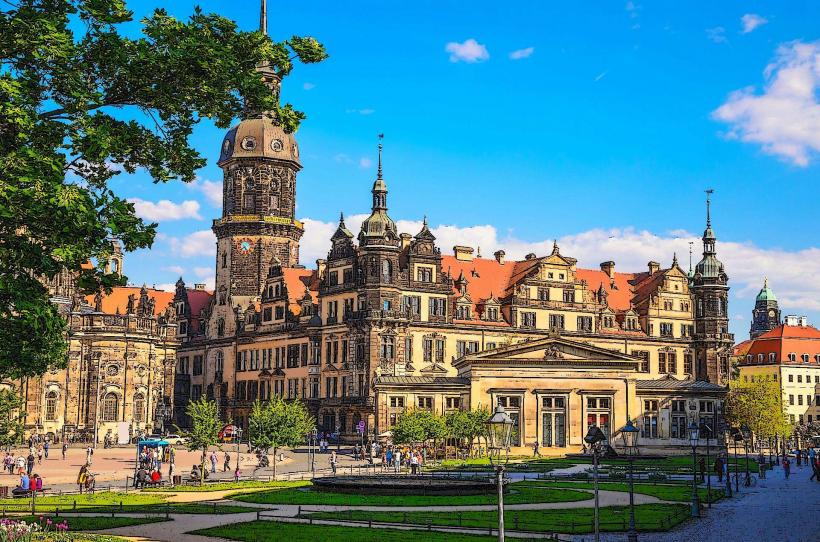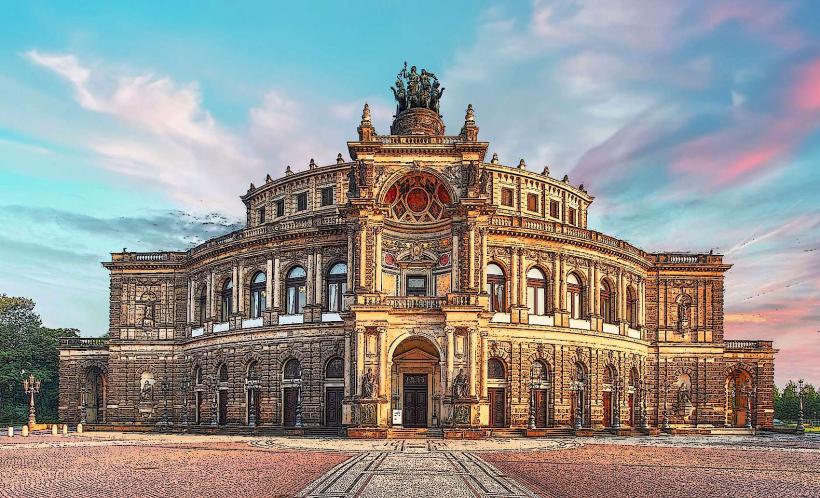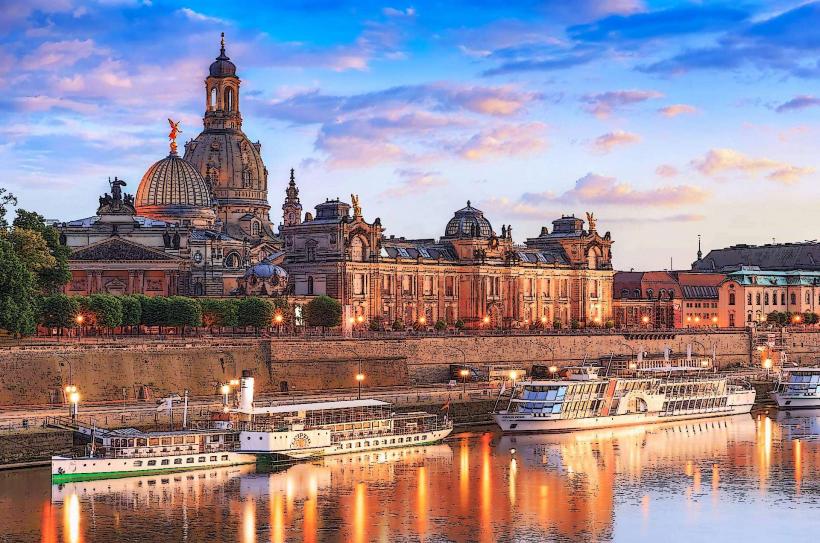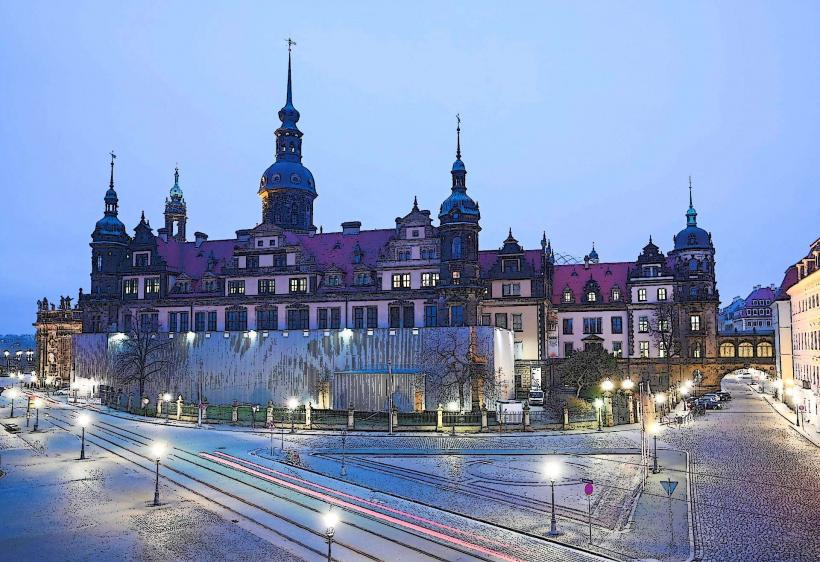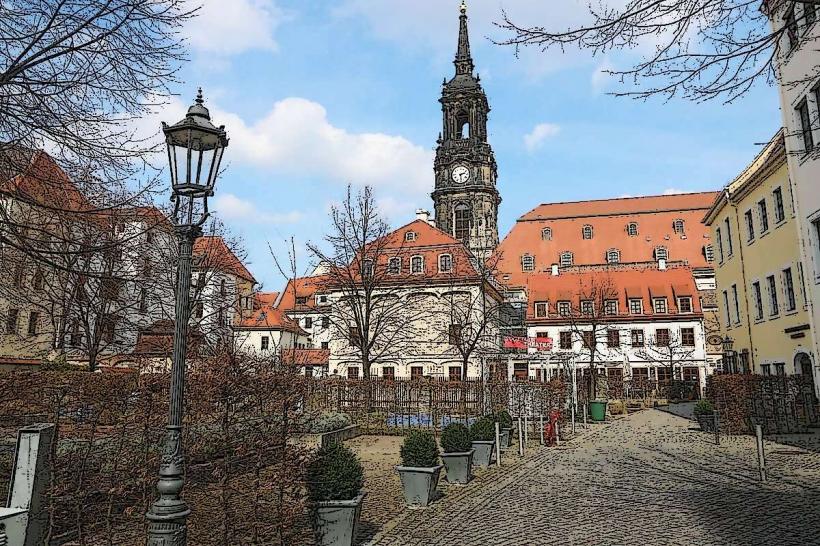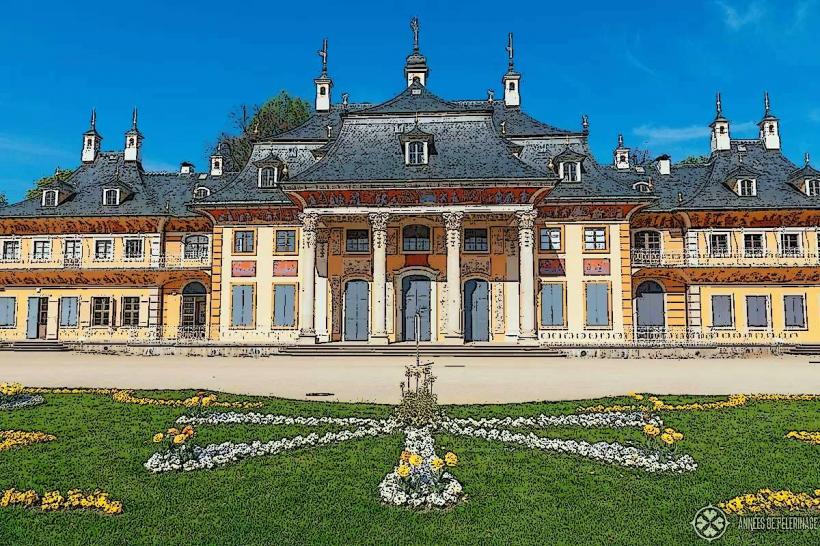Information
City: DresdenCountry: Germany
Continent: Europe
Dresden, the capital of the Saxony region in eastern Germany, is renowned for its stunning baroque architecture, rich history, and vibrant cultural scene. Known as the "Florence on the Elbe" due to its art collections, historic buildings, and scenic river setting, Dresden holds a prominent place in German history and contemporary arts.
Here’s a detailed look at what makes Dresden unique:
1. Historical and Cultural Heritage
- Royal Residence: Dresden was once the royal residence of the Electors and Kings of Saxony, who transformed it into a cultural and artistic center. Its historic significance is reflected in the grand palaces, churches, and museums that showcase the city’s heritage.
- World War II and Reconstruction: Dresden was heavily bombed during World War II, resulting in the destruction of many historic buildings. Post-war efforts focused on rebuilding the city's architectural heritage, and Dresden’s reconstruction has become a symbol of resilience. Today, many of its baroque buildings have been carefully restored, reflecting its pre-war grandeur.
2. Architectural Splendor and Historic Sites
- Zwinger Palace: This baroque palace is one of Dresden’s most iconic landmarks, featuring ornate architecture, courtyards, and fountains. The Zwinger houses world-class museums, including the Old Masters Picture Gallery, which displays works by artists like Raphael, Rembrandt, and Titian.
- Dresden Frauenkirche: The Church of Our Lady, or Frauenkirche, is a stunning baroque church that was destroyed in WWII and meticulously rebuilt through donations and historical research. The dome offers panoramic views of Dresden’s skyline, and the church’s reconstruction symbolizes peace and reconciliation.
- Semper Opera House: Known for its neo-Renaissance architecture and exquisite interior, the Semperoper is one of Europe’s most famous opera houses. It was designed by Gottfried Semper and is home to the Saxon State Opera and the Saxon State Orchestra, one of the oldest and most respected orchestras in the world.
3. Art and Museums
- Old Masters Picture Gallery: Located within the Zwinger Palace, this gallery showcases a stunning collection of European masterpieces, including Raphael’s “Sistine Madonna.” It’s considered one of the most important collections of European art from the Renaissance to the Baroque period.
- Green Vault (Grünes Gewölbe): This museum, located in the Dresden Castle, holds one of the largest collections of treasures in Europe. The collection features gold, jewels, and finely crafted artifacts, and it includes the famous Dresden Green Diamond. The Green Vault reflects the opulence and artistry of the Saxon monarchy.
- Albertinum: An art museum that focuses on modern art and sculpture, the Albertinum houses works by artists like Rodin, Degas, and Caspar David Friedrich, offering a diverse look at art from the Romantic era through to the modern period.
4. Music and Performing Arts
- Dresden Philharmonic: The Dresden Philharmonic is celebrated for its rich sound and diverse performances, from classical symphonies to contemporary compositions. It performs at the Kulturpalast, a modern concert hall with excellent acoustics.
- Traditional Opera and Ballet: Dresden has a long-standing tradition in opera and ballet, and the Semperoper hosts a diverse range of performances, from classic operas by Wagner and Strauss to ballets and contemporary productions.
- Dresden Music Festival: This annual festival brings together renowned musicians and ensembles from around the world. Held in historic venues throughout Dresden, the festival celebrates a variety of musical genres, from classical and jazz to world music.
5. Natural Beauty and Green Spaces
- Elbe River: Dresden is located along the banks of the Elbe River, offering scenic views and riverside activities. Walking or biking along the river provides beautiful perspectives of the city’s historic architecture, especially at sunset.
- Grosser Garten: The “Great Garden” is Dresden’s largest park, featuring expansive green lawns, flower beds, and tree-lined paths. The park also includes a small railway, botanical garden, and several cafes, making it a popular spot for relaxation and outdoor activities.
- Saxon Switzerland National Park: Located just outside Dresden, this national park features stunning rock formations, gorges, and trails perfect for hiking and climbing. The Bastei Bridge offers panoramic views of the Elbe Sandstone Mountains and is a popular day trip for visitors.
6. Culinary Specialties
- Saxon Cuisine: Dresden offers traditional Saxon dishes such as Sauerbraten (marinated pot roast) and Königsberger Klopse (meatballs in white sauce), as well as regional beer and wine varieties from nearby vineyards in the Elbe Valley.
- Dresdner Stollen: This fruitcake-like Christmas bread is a Dresden specialty with a long tradition. Known for its rich flavor, Stollen is made with dried fruits, nuts, and spices and dusted with powdered sugar. The annual Stollen Festival celebrates this delicacy with a procession and sampling.
- Pflaumentoffel: A traditional Saxon sweet made from dried plums, resembling chimney sweeps. This treat is especially popular during Christmas markets, where it’s believed to bring good luck.
7. Festivals and Events
- Striezelmarkt: One of Germany’s oldest and most beloved Christmas markets, the Striezelmarkt has been held since 1434. It’s famous for its festive stalls, traditional crafts, and Christmas treats, drawing visitors from around the world.
- Dixieland Festival: Europe’s largest jazz festival, this annual event brings together jazz musicians from all over the world. The festival features lively street performances, concerts, and riverboat jazz cruises on the Elbe, adding a unique cultural element to the city.
- International Dixieland Parade: Held in conjunction with the jazz festival, this parade is a colorful event where musicians, dancers, and floats march through the streets, creating a festive atmosphere for residents and visitors alike.
8. Educational and Research Institutions
- Technical University of Dresden (TU Dresden): TU Dresden is one of Germany’s largest and most prestigious technical universities, known for research in engineering, computer science, and natural sciences. Its reputation attracts students and researchers from around the world.
- Research Institutes: Dresden hosts several high-profile research institutions, such as the Max Planck Institute and the Fraunhofer Institute, focusing on areas like materials science, microelectronics, and environmental sciences. These institutions contribute to Dresden’s reputation as a research hub.
9. Economic and Industrial Growth
- Silicon Saxony: Dresden is the center of Germany’s semiconductor industry and is part of “Silicon Saxony,” Europe’s largest microelectronics cluster. Companies like GlobalFoundries, Infineon, and Bosch have major operations here, making Dresden a key player in the tech sector.
- Manufacturing and Innovation: The city has a strong manufacturing base, particularly in sectors like automotive, biotechnology, and environmental technology. Dresden’s innovation ecosystem includes startups and incubators, supporting economic growth and fostering entrepreneurship.
- Tourism and Cultural Economy: Dresden’s historic charm, art collections, and cultural events make tourism an important part of the economy. The city attracts visitors from all over the world, contributing to the local economy and supporting jobs in hospitality, retail, and cultural industries.
10. Public Transportation and Connectivity
- Efficient Public Transit: Dresden’s public transportation system, including trams, buses, and suburban trains, makes it easy to navigate the city. The city’s transit system is well-integrated and reliable, providing convenient connections to surrounding areas.
- Dresden Airport: The city’s airport offers domestic and international flights, making Dresden accessible from major European cities. Additionally, Dresden’s location allows easy train connections to Berlin, Prague, and other central European cities.
- Biking and River Cruises: Dresden is a bike-friendly city with extensive biking paths along the Elbe. River cruises on the Elbe provide a scenic way to explore the city and surrounding areas, offering unique perspectives on Dresden’s architectural gems.
Dresden’s blend of historical significance, artistic legacy, and modern innovation make it a captivating city with something to offer for everyone. From its carefully restored architecture and world-class museums to its thriving tech industry and festivals, Dresden is a city that honors its past while embracing the future.

